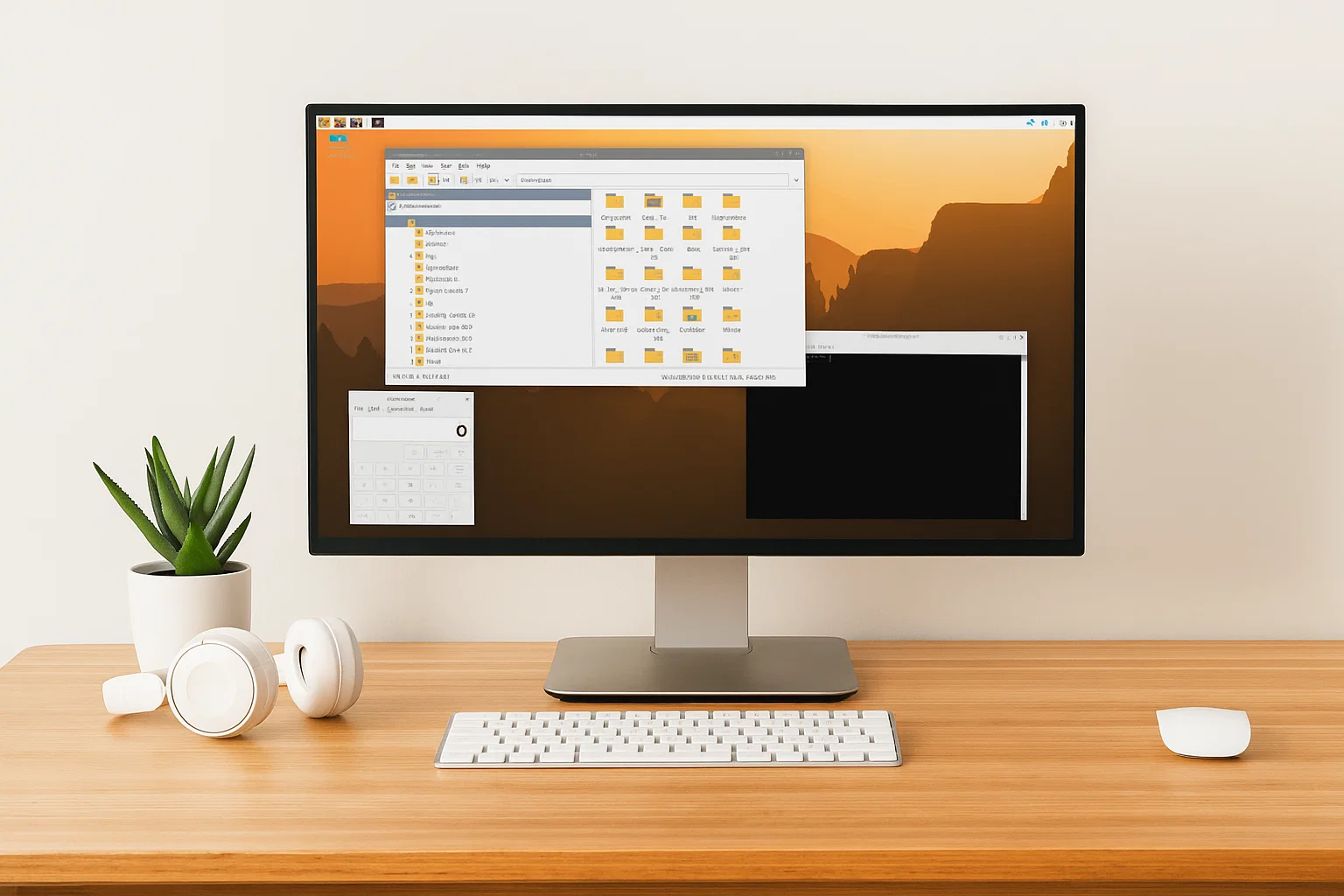Raspberry Pi OS Trixie Released with New Theme, Control Centre, and Modular Packaging
The Raspberry Pi Foundation has announced a major new release of Raspberry Pi OS, now based on Debian 13 “Trixie”. This update brings a refreshed desktop experience, a brand-new Control Centre application, and a more modular packaging system, along with all the stability and updates inherited from Debian Trixie.

Year 2038 Fix
One of the biggest under-the-hood changes in Debian Trixie is the move from 32-bit to 64-bit time values. Traditionally, Linux stored time as a 32-bit value counting seconds since January 1, 1970. This would have overflowed on January 19, 2038, resetting systems to 1970. With 64-bit values, Raspberry Pi OS Trixie is now safe until the year 292,277,026,596 — well beyond concern.
Fresh Look: New Theme, Icons, and Fonts
Users will immediately notice a refreshed desktop theme. The update introduces:
- Nunito Sans Light as the new default font (replacing Piboto used for over a decade).
- A new icon set and overall visual tweaks.
- Wallpapers by Greg Annandale, with the default showing a sunrise over the Drakensberg mountains in Lesotho.
This is also the first time Raspberry Pi OS visuals have benefited from an external UI designer’s contribution.
New Control Centre Application
The release consolidates multiple preference tools (such as Raspberry Pi Configuration, Appearance Settings, Screen Configuration, etc.) into a single Control Centre.
Control Centre highlights:
- Unified access to system settings.
- Scroll-to-switch navigation between categories.
- Plugin-based design, allowing future extensions by the Raspberry Pi team or third parties.
Developers can find plugin-writing instructions on the Control Centre GitHub page.
Updated Bookshelf Experience
The Bookshelf application, first launched during the COVID-19 lockdown, has been updated to reflect the new magazine access policy.
- Subscribers to Raspberry Pi Official Magazine now get early access to titles.
- Free readers will see upcoming issues with a padlock icon, becoming available after a few months.
- Subscribers can unlock all titles instantly by signing in.
Modular Packaging System
A major behind-the-scenes improvement is the introduction of meta-packages, making Raspberry Pi OS installation and customization more flexible.
For example:
rpd-wayland-coreorrpd-x-corefor minimal Wayland/X desktops.rpd-themefor icons, fonts, and GTK theme.rpd-preferencesfor Control Centre.rpd-applicationsandrpd-utilitiesfor software bundles.rpd-developerandrpd-graphicsfor developer tools and graphics utilities.
This modular approach makes it easy to convert Lite images into full desktops, or remove unused components from a full image.
How to Get Raspberry Pi OS Trixie
The Raspberry Pi team strongly recommends flashing a fresh image rather than attempting an in-place upgrade.
You can get the new release via:
- Raspberry Pi Imager
- Or direct downloads from the Raspberry Pi OS downloads page.
As always, remember to back up before making major changes.
For further information on Raspberry Pi OS Trixie, see the official release announcement on project’s blog.